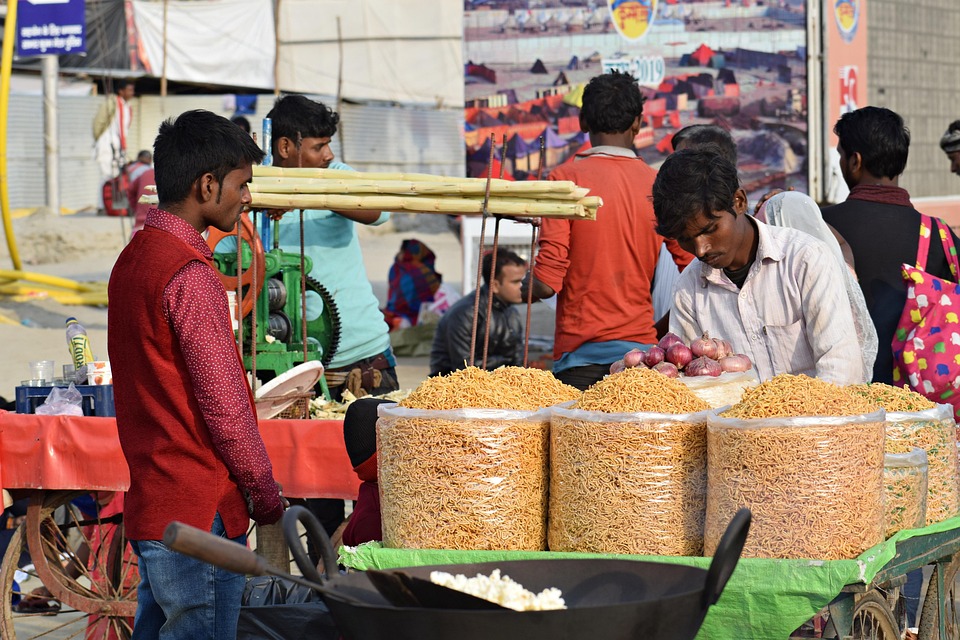Street markets have long been the heart and soul of urban life, bustling with energy, aromas, and vibrant cultures. They serve as gathering places where neighbors connect, artisans showcase their work, and visitors experience local traditions firsthand. Despite the rise of digital commerce and global brands, street markets continue to thrive, adapting to modern forces while fiercely preserving their rich histories. Among these traditions, the use of flares—whether in the form of fiery street food or the eclectic fashion choices of vendors and patrons—symbolizes a deeper connection to heritage.
The Cultural Significance of Flares
The term "flares" can encompass various aspects of street market culture. From the literal flames of street food vendors grilling skewers over open flames to the striking colors and patterns of traditional attire worn by market-goers, flares embody the passion and creativity inherent in these vibrant spaces.
Culinary Traditions
Street food is arguably one of the most potent expressions of a culture’s culinary heritage. Flares here represent not just the cooking method but the deep-rooted traditions that have been passed down through generations. For example, the smoky flavor of grilled meats, the sizzle of shallots in hot oil, or the fragrant spices wafting from a pot of stew all conjure memories of family gatherings and community celebrations.
Markets like Mexico City’s Mercado de la Merced or Bangkok’s Chatuchak prove that food is far more than sustenance; it tells stories. Vendors often share recipes that have been perfected over decades, if not centuries. Efforts are underway in many communities to protect these recipes and cooking techniques as part of the cultural heritage, emphasizing the importance of maintaining these culinary flares amidst modern influences.
Fashion as a Statement
The term "flare" can also refer to the clothing worn in these markets, from the colorful fabrics of market vendors to the eclectic styles of hip young patrons. Traditionally passed down through generations, fashion in street markets can tell stories of a community’s history, social status, and even its values.
Indigenous artisans, for instance, often dress in traditional garb when selling their crafts, not just as a means of attracting customers, but as a way to keep their customs alive. Many markets host fashion events that celebrate local designers who incorporate traditional elements into contemporary styles, blending the old with the new. By wearing these outfits, market-goers participate in a collective narrative that celebrates their heritage while adapting to modern aesthetics.
Craftsmanship and Artisanship
One of the defining characteristics of street markets is the presence of artisans creating handmade goods, from pottery and textiles to jewelry and artworks. These craftsmen often employ techniques that have been used for generations, giving visitors a glimpse into the creativity and skills that define a culture.
Workshops and demonstrations in street markets further contribute to preserving these skills. By engaging directly with the artisans, visitors gain a deeper appreciation for the craftsmanship involved and the stories that items carry with them. Initiatives aimed at teaching these skills to younger generations ensure that these art forms endure, much like the flares of creativity that sparked their inception.
Challenges and Resilience
Despite their vibrancy, street markets face numerous challenges—urban development pressures, global trade dynamics, and changing consumer preferences threaten their existence. However, many markets are rising to these challenges, finding ways to adapt while still celebrating their rich traditions.
Some markets are embracing technological advancements, creating online platforms to reach broader audiences while maintaining their on-the-ground offerings. Social media has also become a powerful tool for marketing and community connection, helping to sustain the cultural narratives that street markets represent.
Celebrating Community
Ultimately, street markets function as more than just places to buy and sell; they are communal spaces that foster connection and understanding. The interplay of culinary flavors, vibrant attire, and traditional craftsmanship all come together to create a unique tapestry of culture.
As communities continue to innovate and adapt, the spirit of the street market lives on, bringing flares of tradition to new generations. Festivals celebrating local food, music, and art serve not only to preserve existing traditions but also to inspire new ones, ensuring that the vibrant cultural tapestry remains alive and well.
Conclusion
From the flares of a cooking grill to the colorful garments of artisans, street markets are treasure troves of tradition that continue to thrive in our ever-changing world. These markets remind us of our roots while embracing the future, weaving together history, community, and culture in a dynamic dance that keeps both locals and visitors enchanted. As we explore the bustling lanes of our favorite markets, we participate in this beautiful ritual of keeping traditions alive, all while igniting the flares of creativity and connection once more.



